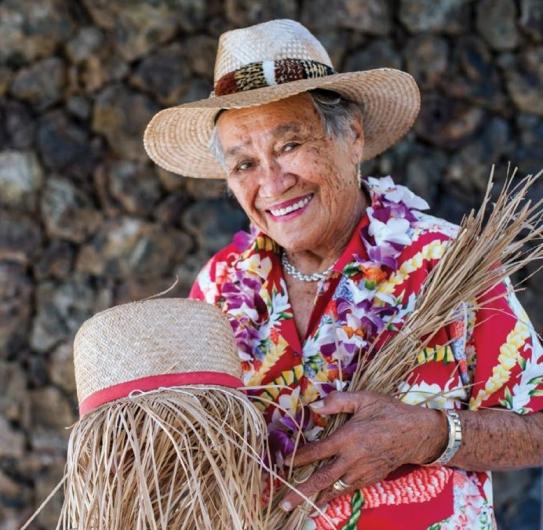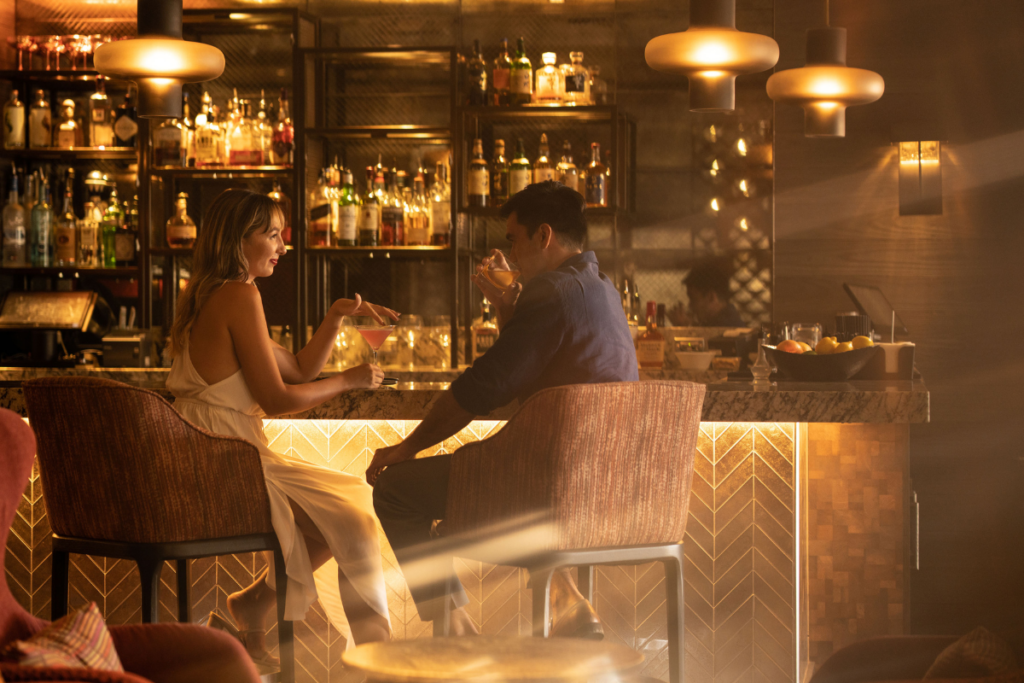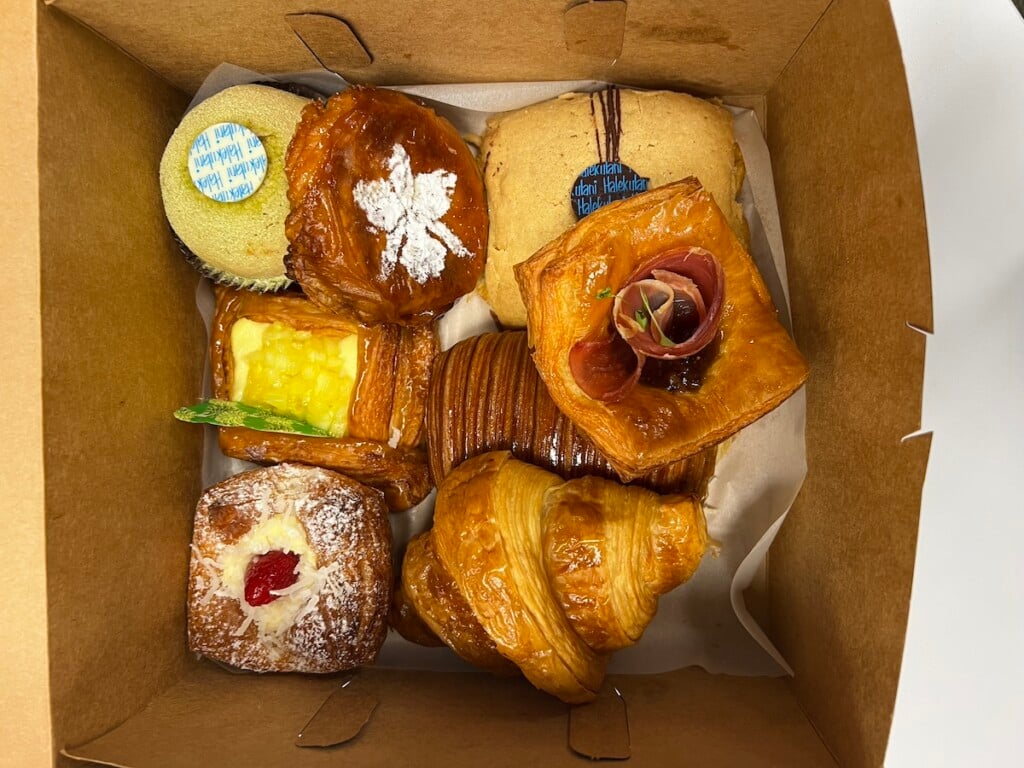Inside the Hawaii Island lau hala conference perpetuating the art of Native Hawaiian weaving

Modern materials almost replaced the traditional Hawaiian weaving arts in the early 19th century, but one group of weavers on Hawaii Island are not only practicing the craft, they’re perpetuating it.
Last week, 130 weavers and 26 kumu (teachers) spent four days honing their skills as part of the 21st Ka Ulu Lau Hala O Kona Conference. Held at the Courtyard King Kamehameha’s Kona Beach Hotel in downtown Kailua-Kona, the event culminated this past Saturday.

precision. Photo by the author
The dried, fibrous lau (leaves) of the abundant pandanus plant—called hala in Hawaiian—have been woven for centuries into practical items integral to daily life: fish traps, canoe sails, mats, baskets and even footwear. Today, the craft is more of an art with weavers producing aesthetically pleasing hats, book covers, bracelets, baskets, fridge magnets, ornaments and wall hangings.
The conference was founded by celebrated weaver Elizabeth Maluihi Lee, whose work is on display in the Bishop Museum’s permanent collections. The event is open annually to everyone with advance registration. Kumu are volunteers and come from throughout the Islands and many students travel from the Mainland U.S., Japan and Australia to attend. In addition to ongoing weaving workshops, this year’s conference included evening socials, a presentation by Hokulea crew member Maulili Dickson on a pest affecting the hala, massage therapy for tired hands and backs, and a farewell luau and fashion show. Organizers said they expect the next conference to be held in the same location sometime in May of 2017.
Student weavers were hard at work when I visited the conference early Saturday morning. Amid the displays of Hawaiian culture and paintings of Kings and Queens in the hotel’s foyer, dexterous fingers diligently spun beautiful items from strips of brown leaves while onlookers and hotel guests wandered through. A small craft fair sold Hawaiiana alongside the weavers, including to my delight shirts with pop art prints of the pandanus.
Tables of six to eight weavers were grouped with a kumu and together undertook projects appropriate to their level of expertise. Complete novices learned how to identify the hala tree and are walked through the process of stripping the leaves from the thorny edges and how to properly dry the lau before weaving them into basic items like water bottle holders, bookmarks and bracelets (for the bulk of the materials used, this time consuming prep is done in advance of the conference). “This foundation gives students an appreciation for what goes into their weavings,” said kumu Hulali Jewell.

O Kona
Long bundles of dried lau hala—held together with fabric or beach mats—laid under tables. Several kumu I spoke with had either gathered and prepped the hala themselves or could tell me which trees the strands came from; some even knew when the source hala were planted.
Advanced students wove intricate patterns with impossibly thin strips into baskets and hats. Every student leaves the conference with a product, some finished, some ongoing. Many chose to donate completed items to an open-to-the-public silent auction, which helped fund scholarships for weaving students to attend in future years.
Modern tools there made some of the preparation steps easier. At several stations, students flatten lau with electric and crank-handle pasta makers or spent hours creating straight maʻu (strips) of varying widths with a koʻe (hand-held stripping tool). Spray bottles of water are used to make weavings more pliable, and, in some of the more advanced classes where increasingly thin strips and precise flatness is crucial, clothing irons are used.
Uʻilani Naipo, third-time student attendee, said that her grandmother, a weaver, used to use a washboard to flatten and prep the hala. “But Early Hawaiians had to be creative,” she said.
To learn more about Ka Ulu Lauhala O Kona, and for information on how you can participate in the 22nd annual conference, visit the group’s Facebook page here.


